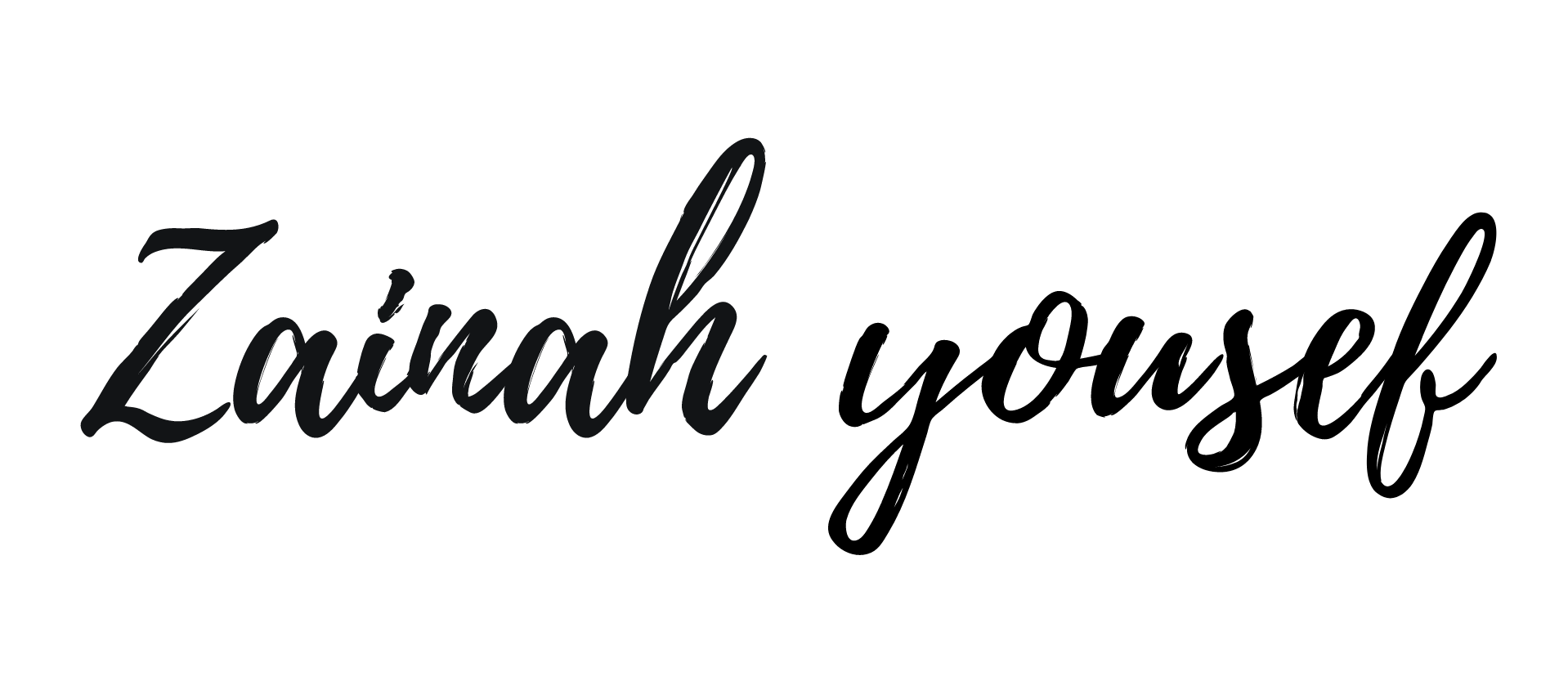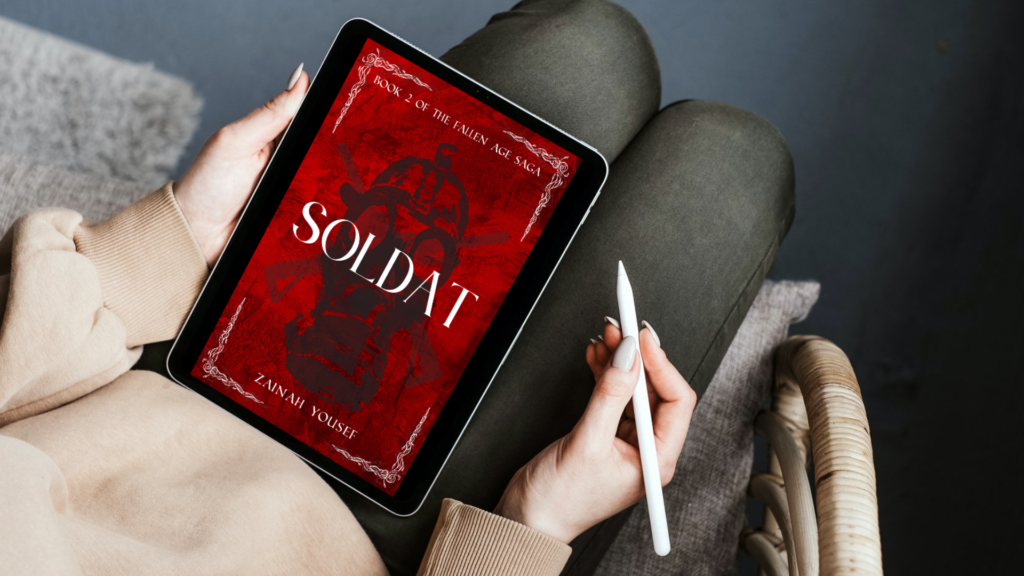Self-publishing is not a new concept, but it’s definitely picked up a lot in recent years. For a long time, there was a sort of reputation that had been built up around self-published books in that many believed they were of lesser quality, were poorly written, or not worth the time to read. Fortunately, we’ve largely moved away from this stereotype and more readers are embracing self-published books every day. Of course, if you’re here, you’re probably and aspiring writer looking to find out how to self-publish your own book.
I’ve talked about the difference between traditional publishing and self-publishing in another post before, so give it a read if you’re interested. Self-publishing is a popular method these days because you circumvent the need to have a literary agent and publisher, but there are some downsides, such as you having to do your own marketing. Still, self-publishing is a great choice for aspiring authors who want to get their stories into the hands of readers.
Build Hype While Writing Your Manuscript
One of the things that can really help you before you even hit the publish button is to try and build some sort of hype around your book. While you’re drafting, you should try and get people to follow your story’s progression on social media and build a following from there.
Having a page where people can connect to you and learn more about your book can help you build an audience before you publish your book. Having hype online also helps to boost your sales within the first week of your book’s release, which can help push it into the top-sellers and get it in front of more people.
You can use Instagram, TikTok, Pinterest, YouTube, etc… Some are obviously easier than others for building hype, but all of the available social media pages are valid choices. To build hype for Malware, Book 1 of my series, The Fallen Age Saga, I used TikTok to promote the idea of the book a lot, which got me a lot of initial sales.
You can technically go the route of starting a blog, but just know that it’s going to take more time and there’s a lot more to learn about blogging like SEO and other technical things like that.
Phase 1: The Manuscript
World Building, Plotting, Etc…
Before you really begin to write your first draft, it’s a good idea to focus on world building, plotting, character development, and more starter elements.
World building is basically when you design the elements of the world in your story. Most of the time, fantasy and sci-fi authors will do the most world building because their stories require magic systems, technology, countries, religions, etc… If you’re looking to get started on world building but you’re not sure where to begin, check out my ultimate beginner’s guide to world building!
You also want to work on the plot of your story. Think about what the main conflict of your story will be, what the story’s progression will look like, how your characters will change over time, etc… Just keep in mind that you can always change this once you start the writing process. Just because you’ve outlined a plot doesn’t mean you have to stick to it when you’re actually drafting your manuscript.
You also want to work on the actual characters of your story and make sure that you hone in on this well. The characters are essentially the foundation of most stories and I’ve heard a lot of situations where a reader stops reading a book solely because the character was written in an unlikeable way. Don’t put yourself in this position! Work on your characters and make sure your readers will like them. If you want to learn how to create great characters, click here!
If you want to learn how to outline your novel in just one day, check this post out for more help.
Start Writing Your First Draft
Once you’ve gotten the story elements written down, it’s time to actually start writing your first draft. The first draft is just the beginning of your writing journey, and your final draft may not end up sounding like your first draft in the slightest.
The first draft will also not be your best draft. It’s just the first, so you will see a lot of changes happening over time in the progression of your story. As you draft, you will need to conduct research, fix up any points that need to be clarified, refine your central ideas, organize the plot, and plan for what the story will be like.
As you write your first draft, just remember that things will always be subject to change and that it’s totally OK to refine your draft as many times as you need.
Recruit Beta Readers
Once you feel like you’re in a spot where you’re close to the final product of what you want for your manuscript, it’s time to try and get some beta readers. A beta reader is someone that can read your manuscript before it’s ready to go through the final polishes and can give you valuable feedback on things like your characters, your story’s quality, and if it works with your target audience or not.
If you’d like to learn more about beta readers and how to find them, check out this post.
Edit, Edit, Edit, Edit!
Once you’ve gone through beta readers and have edited the story yourself, it’s time to get some professional editing. Self-editing is great and I’ve done it a lot, but at the end of the day, you are bound to have some mistakes here and there that your brain will just naturally start to overlook because of how many times you’ve seen the manuscript itself. You can also use a tool like Grammarly, but the issue is that Grammarly feels like it’s geared towards more professional work like essays and memos.
Editing will take some time, but it’s 100% worth putting the effort into.
Proofreading
The final phase of the editing process is to proofread. This is when you check for any last remaining grammatical errors or story issues. By this point though, almost everything should be good.
Phase 2: Before Publication
Formatting
Depending on what platform you will self-publish on (check out this list for some suggestions), your formatting requirements may be different. You’ll need to make sure you have the margins, font styles, page numbers, page sizes and more all setup properly to publish on your platform of choice.
Formatting can be a little complicated to do on your own, but there are services out there where you can format your book, such as Scrivener, which is a program that I always love using personally for my novel work.
Get a Cover Designed
You can either pay someone to make your cover or you can make it yourself using some software like Adobe or Canva. Whichever path you decide to take, the cover is a very important part of the writing experience.
Your book cover is the first impression potential readers will have of your book. Investing in a professional cover designer can make a significant difference. A compelling cover should be visually appealing, reflect the genre and content of your book, and include the title and author name clearly.
You May Need an ISBN
An International Standard Book Number, or ISBN, is something that all books will need when being published. Depending on which platform you’re using to publish your book, you may get an ISBN automatically like through Amazon KDP. You may need to buy your own ISBN if you publish through something like IngramSpark.
An ISBN is an important number because it serves as an identification for your book. If you look up an ISBN on Google, you will get the book as the result. It’s almost like a barcode in a store, but it helps protect your book and identifies it as your own intellectual property, so it’s a little more than just a barcode.
Phase 3: Choose Your Self-Publishing Platform
Amazon Kindle Direct Publishing (KDP)
Amazon KDP is probably the most popular one right now for self-published authors. It’s a very easy process to publish on Amazon KDP and it’s got a range of publishing options like eBooks, paperbacks, and hardcover books. There’s also options for global distribution and distribution to other stores, which is neat as well.
To learn more about how to self-publish on KDP, check out this post.
IngramSpark
IngramSpark is an alternative to KDP and allows for self-publishing print and digital books. The distribution options through IngramSpark are really good and you have access to a lot of bookstores and libraries globally. However, you’ll need to buy your own ISBN.
Barnes and Noble Press
Barnes and Noble Press is another platform that allows you to have your books sold in Barnes and Noble and gives you access to some great tools and when readers go to the online store of Barnes and Noble, they’ll be able to find your book.
Phase 4: Publish Your Book
Depending on which platform you’ve selected to publish on, this part could look different for you. Different platforms have different requirements for publishing and have different systems. So, reference your personal choice for this part.
Phase 5: Time to Market Your Book
Build an Author Platform
Having a platform online as an author is really important these days. You can have a website, a social media page, a YouTube channel, etc… But you basically need some sort of presence online.
Social media is a really good one because you can engage directly with readers, promote the book through advertisement systems, showcase behind-the-scenes content and put excerpts of your book to get your readers excited and help potential readers get engaged in your story’s content.
Book Reviews
Book reviews are really important as well and getting people to review your book is a really important thing to do. You can start with friends and family and then if you’ve already built a following online, then your readers will likely review the book as well. You can also find platforms online where you can get book reviews or send your book out to email newsletters.
Paid Advertising
Paid advertising is another really good way to promote your book. You can pay for ads on social media or Amazon or pay to have your book featured on a website or something similar. This can be costly, but you can also get a lot of readers from this.
After this, it really boils down to keeping up with your book, promoting it all the time, reaching out through social media, building your platform, and more. Your self-publishing journey does not necessarily have to be complicated, but it does require some effort because you are competing in a very intense industry and against traditionally published authors. However, you have a high chance of succeeding if you take time and learn the market well.
Before you head on out, be sure to check out my series, The Fallen Age Saga and sign up for my newsletter to get updates on all my latest WIPs, posts, recommendations and more.

